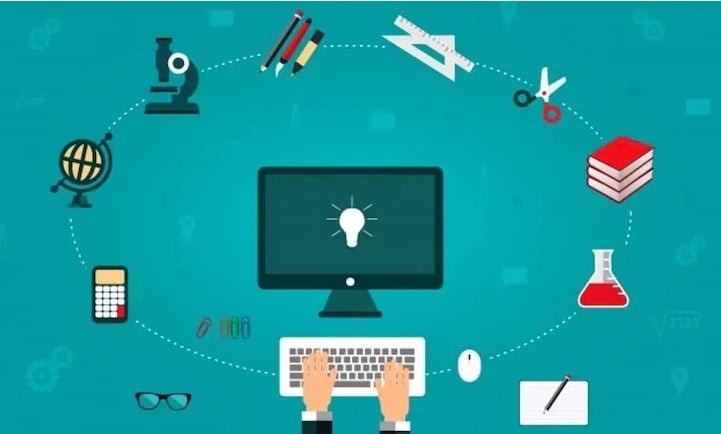Technology Integration in Education
Technology depicts techniques, processes, methods, and skills utilized in service delivery and goods production. Technology has evolved rapidly over the past decades, and various sectors have adopted it. However, people have mixed reactions towards the integration of technology in education. Nevertheless, technology integration in education is significant since it creates an engaging environment, connects teachers with students, provides personalized learning opportunities, improves instructor productivity and efficiency, and makes teaching easy.

Creating an Engaged Environment
Technology creates an engaging environment in education, considering that it promotes active participation in the classroom. However, in contemporary society, most learners are digital natives, making traditional learning boring to some. In this context, technological skills possessed by the current generation are transferable to academic institutions aiding in creating curiosity among learners. Therefore, technology integration ensures that dull subjects are interactive, considering that it increases interest among students due to technological devices utilization.
Making Teaching Easy
Technology integration makes teaching easy considering that instructors utilize digital tools to ensure comprehension of theoretical explanations. On the other hand, students may experience hard times understanding challenging concepts. Luckily, there exist trustworthy assignment writing services. Сheck these guys out. They offer free tutorials, guides, and helpful tips for those seeking help. Besides that, technological devices, such as computers and projectors, aid in teaching, making it easy for tutors to demonstrate information. Additionally, visual presentations help students to understand how the knowledge learned can be put into practice. Thus, technology integration in education makes teaching easy, ensuring outstanding students’ performance.
Connection of Teachers With Students
Technology integration connects teachers with students by guaranteeing better relationships through facilitating communication. Most teachers utilize the internet in finding content that ensures learners’ engagement during learning. Technology makes it possible for teachers to interact with students even when outside the classroom environment. Continued communication between teachers and students strengthens their relationship facilitating academic achievement. Therefore, technology interaction guarantees a strong connection in educational institutions.
Personalized Learning Opportunities
Technology integration provides personalized learning opportunities considering that educational resources are readily available. Traditional learning involves a face-to-face classroom setting with a fixed schedule where one trainer focuses on a group of learners. In this respect, students have different understanding capabilities where some are slow learners, and others understand quickly. The technology ensures the accessibility of learning materials and makes it easy for teachers to create lessons based on students’ strengths and interests.
Improved Teacher Productivity and Efficiency
Technology integration in education guarantees improved teacher productivity and efficiency. Making manual reports is time-consuming, making it difficult for the teacher to track students’ progress. Technology integration facilitates the creation of particular software that makes it easy to generate reports. Comparisons can be made more quickly through technological devices than when utilizing manual reports. Therefore, instructors can use technology to achieve high productivity levels and use digital tools to expand learning opportunities.
To sum it all, integrating technology in education is vital since it makes teaching easy, guarantees improved teacher productivity and efficiency, connects teachers with students, promotes personalized learning opportunities, and creates an engaging environment. After the COVID-19 outbreak, most institutions have adopted technological approaches to promote efficiency and effectiveness. Moreover, integrating technology in education benefits teachers and students, considering that it creates curiosity, improves comprehension, and eases task completion.